Nautical flags can have an array of meanings as they are being used and displayed onboard. It can be used individually or combined together with other flags.
Another way and means to communicate with other vessels in the vicinity or when a ship is at the port is the use of Nautical flags. They are also meant to notify approaching crafts of different situations and useful information for operations onboard.
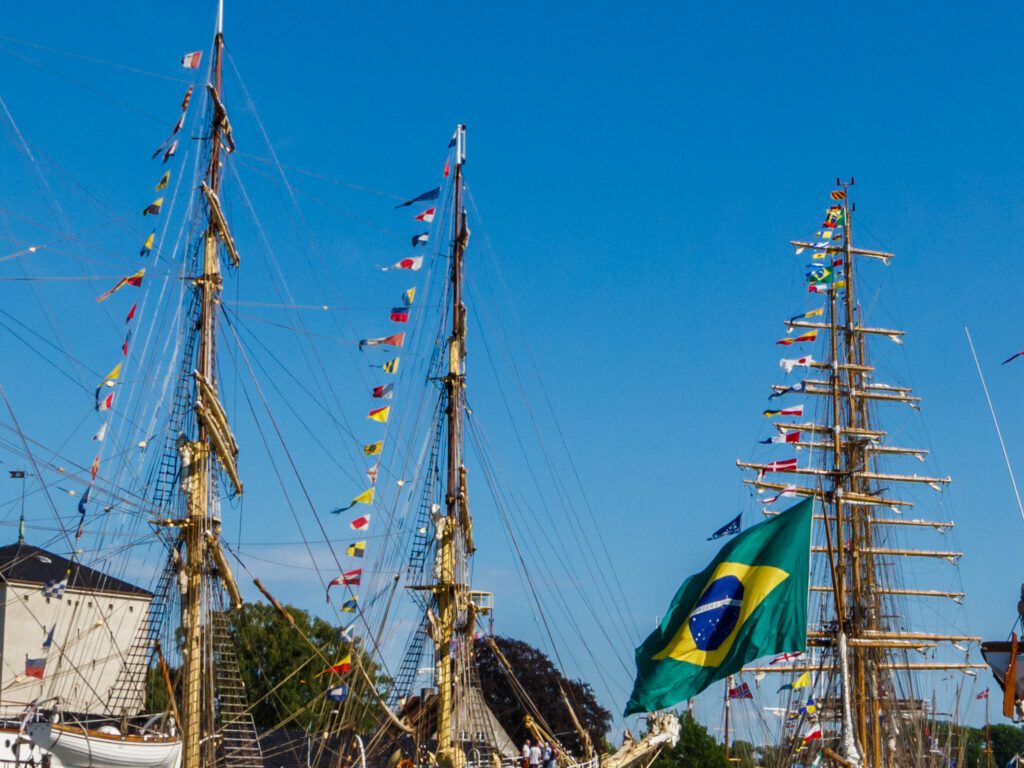
Individual flags are the International Code of signals that refers to standard and specific meanings. However, when used with other flags, can convey a different meaning and a set of information.
What Are Nautical Flags?
There are 26 square flags that represent the letters of the phonetic alphabet. It also includes ten numbered pendants, one answering pendant, and three substitutes. Nautical flags utilize colors that are easily recognized and can be distinguished on the horizon using a binocular or by the naked eye. These are blue, yellow, red, black, and white.
Nautical flags are made of weather-resistant nylon cloth with double-stitched seams and brass grommets/eyelets on the corners of the flags. The flags are hoisted using a halyard and snap hook mechanism for an easy way to combine flags or remove them after use. The halyard is more than forty feet long and connected to the topmost part of the mast and railings on monkey island.
The rectangular flags are measured around 3 feet by 5 feet as well as for the pendants and substitute flags.
Nautical Flag’s Meaning And Their Usage
There are multiple ways to use nautical flags to convey a message. Single flag signals are normally for urgent or common information. Two-flag signals on the other hand are used for distress scenarios or maneuvering situations. Some would also use three-flag signals and even seven flags to convey positions and cardinal directions.
Most Commonly Used Flags On Merchant Fleet
The Alfa flag is a white and blue flag which means, “I have a diver down; keep clear”. This is used when the vessel is at the port and would require inspection of the hull including removal of nets from the propeller and minor repairs of the rudder. The Alfa flag is also known as the scuba flag. Vessels are advised to keep clear and navigate at a slow speed. It can also mean the ship is undergoing a speed trial.
The Bravo flag is probably one of the most common flags used onboard. It means the vessel is taking in dangerous cargo, discharging explosives, or carrying dangerous cargo. The bravo flag is hoisted when the vessel is bunkering either in port or at the anchorage area. Tanker vessels, which normally carry gas or oil cargo, hoists the bravo flag at sea, and when the ship is performing loading and discharging operation.
Nautical flags Golf and Hotel can be used after the other as the former means, “I require a pilot”, while the latter indicates that the vessel has a pilot onboard. These flags are prepared and hoisted before the arrival of the vessel in port as well as transiting on a long channel, docking and undocking maneuver, and as long the pilot is at the helm and can only be removed when the pilot disembarks the ship.
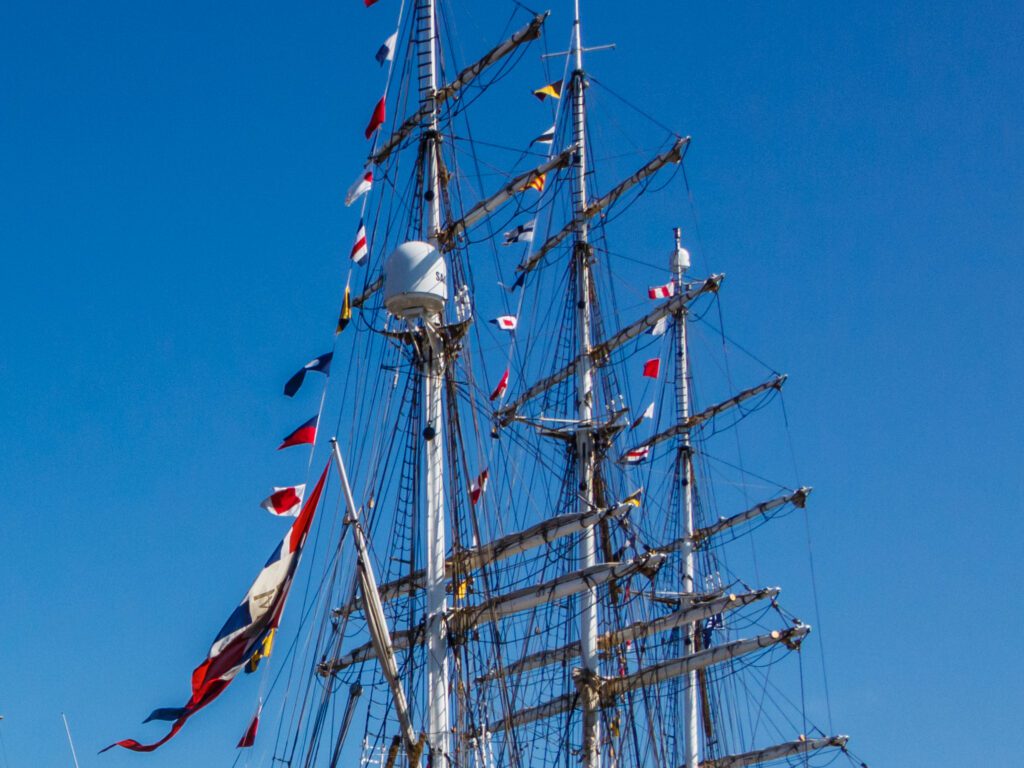
The Quebec flag is also one of the most used nautical flags onboard. It means to notify that the vessel is healthy and “I request free pratique”. This is required by port authorities before a ship can enter or dock a port. Certificate of free pratique certifies that the vessel is without any infectious disease and therefore permitted to operate in the port as well as allow stevedores and authorities to board and crew change to happen.
The Whiskey flag is a crucial flag used onboard as it informs that the vessel hoisting requires medical assistance. In situations when a crew is injured, experiences a severe health condition, or even a death scenario, this flag can be used to ask for help from nearby or passing vessels in the area. For medical advice situations, the whiskey flag may also be used.
Nautical Flags Combinations
Nautical flags can also be combined together to notify and inform vessel and port authorities. Flags November and Charlie can be hoisted together to mean that the vessel is in distress and needs urgent assistance.
Nautical flags are also used by sailing vessels to communicate different scenarios. A combination of Delta and Victor flags indicates that the sailing vessel is having difficulty in maneuvering and requires assistance. The hoisting of Juliet and Lima flags informs other sailboats that they are running the risk of going aground.
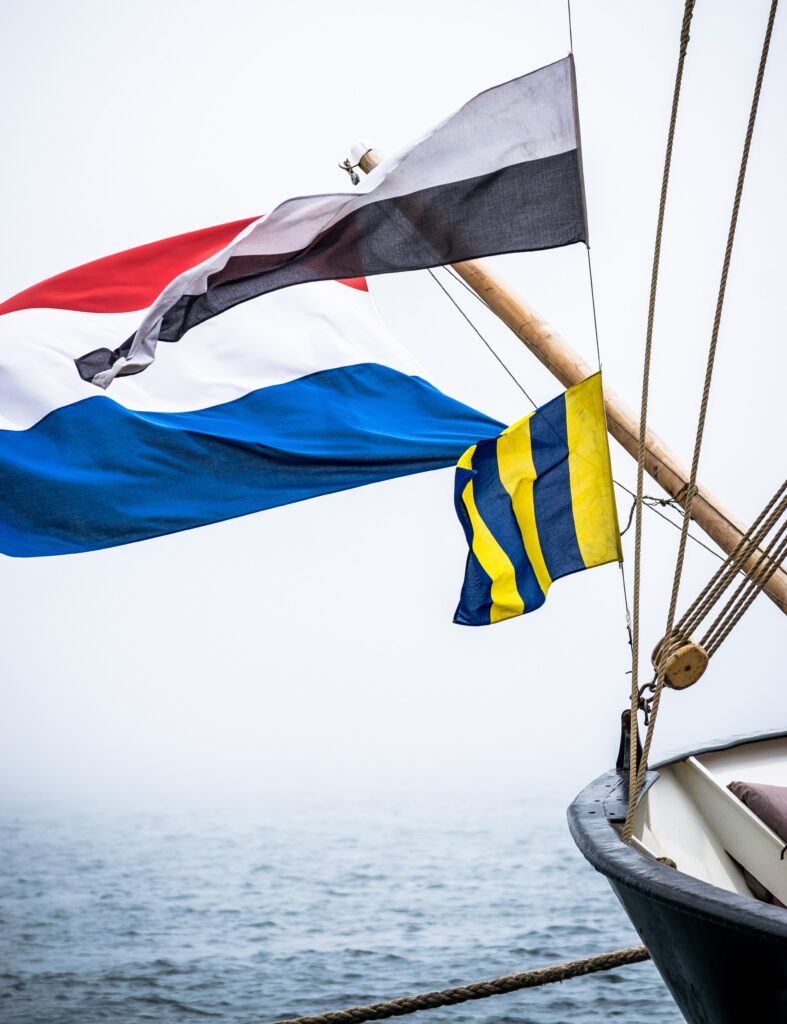
Military personnel, like Navy groups, employ nautical flags to send a message to their fellowships and to the entire fleet. They may also add additional flags to communicate various unclassified information or instruction. Lastly, yacht racing also uses nautical flags but they may have different meanings or messages to convey.
However one uses the nautical flags, it is clear that it can be an effective way and method to send a message and notify concerned parties as well as authorities. In some cases, it can even be used as a discreet and secret message.
- Sustainable and Luxurious: Discovering Split’s Yachting Paradise – April 26, 2024
- MarineTraffic vs VesselFinder: Which Is Better Vessel Tracking Service? – February 14, 2024
- Port Costs: A Comprehensive Guide to Port Dues and Fees for Cargo Ships – February 12, 2024


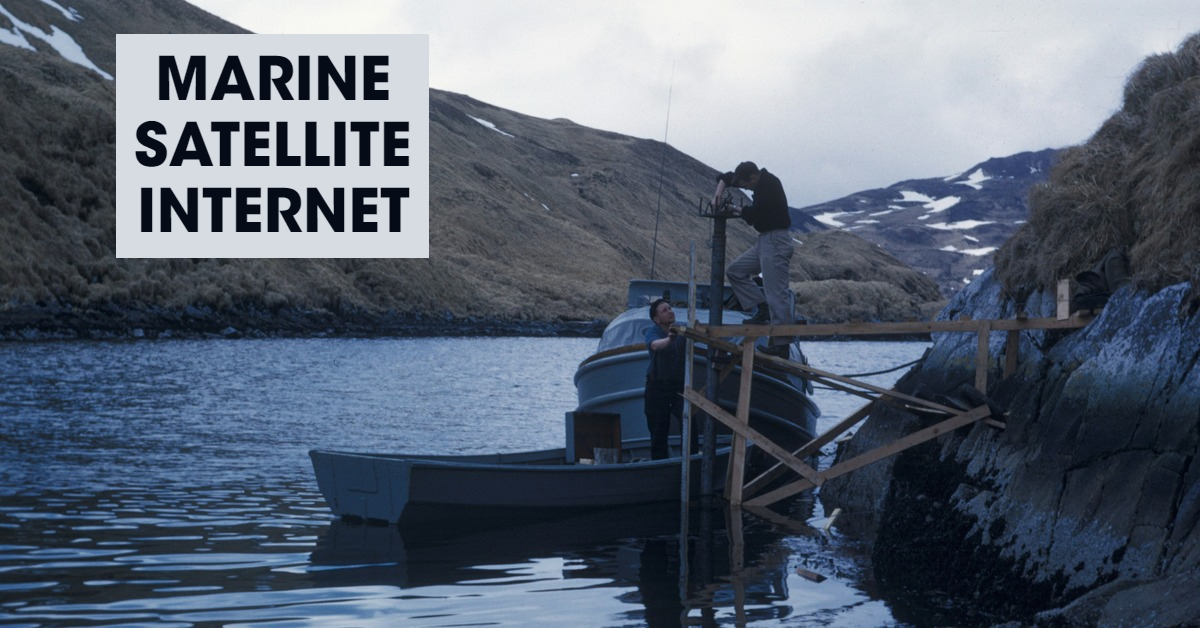
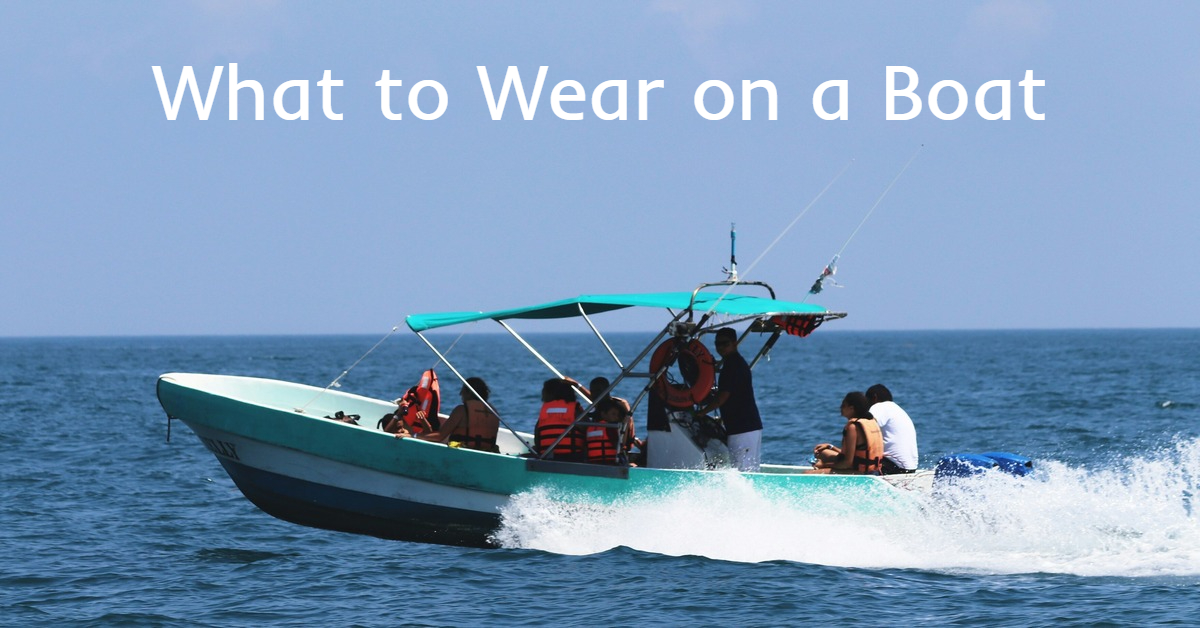
Leave a Reply